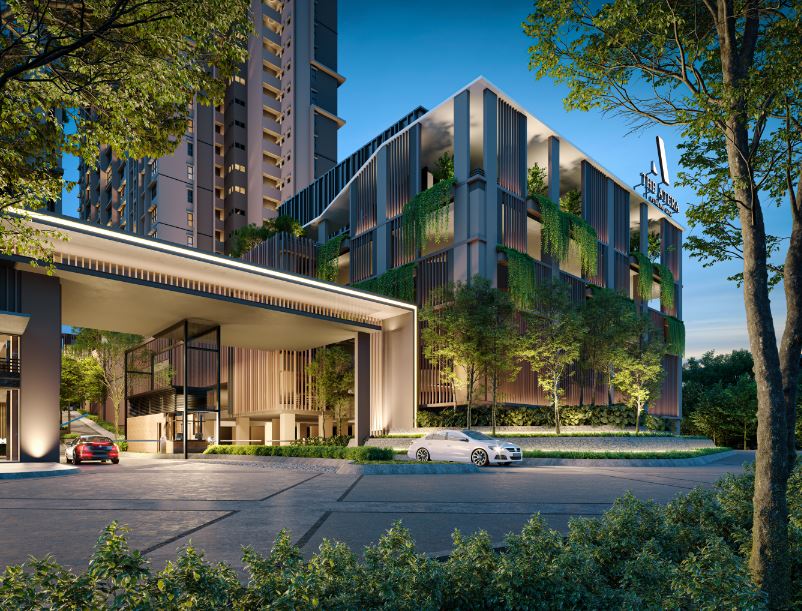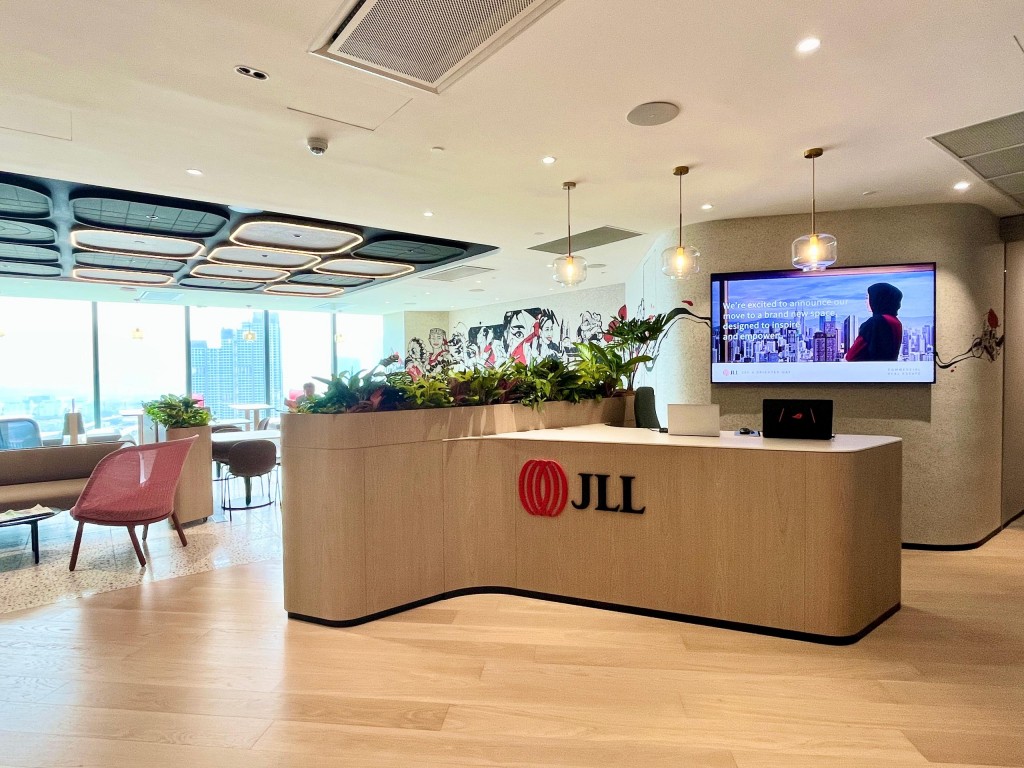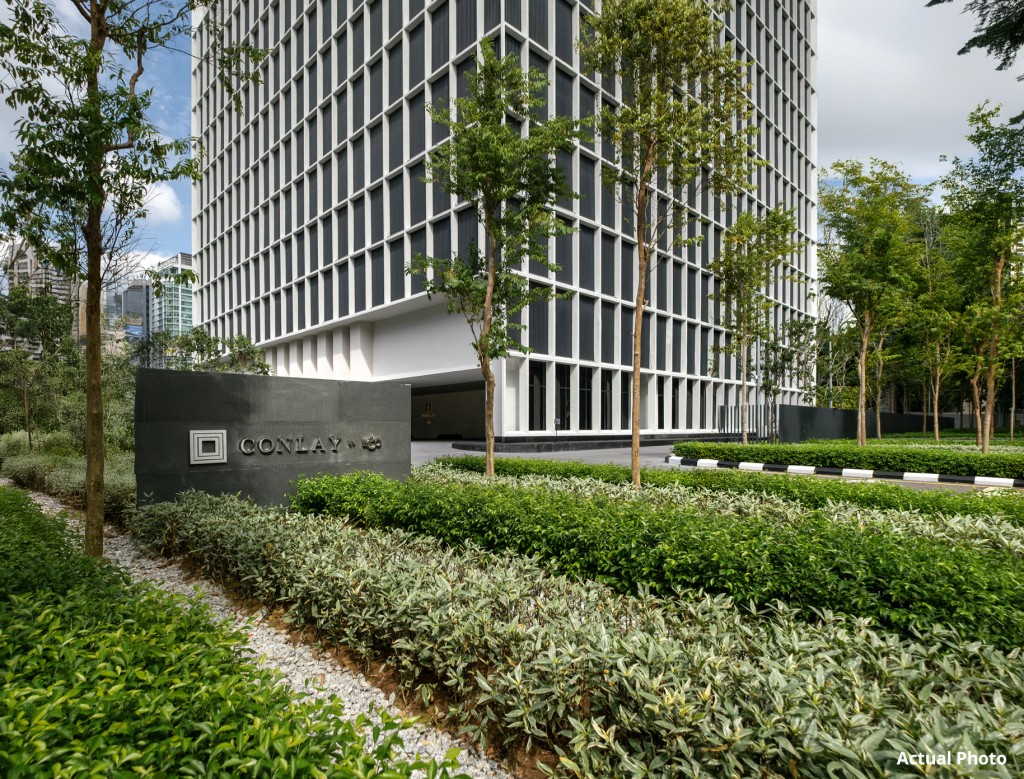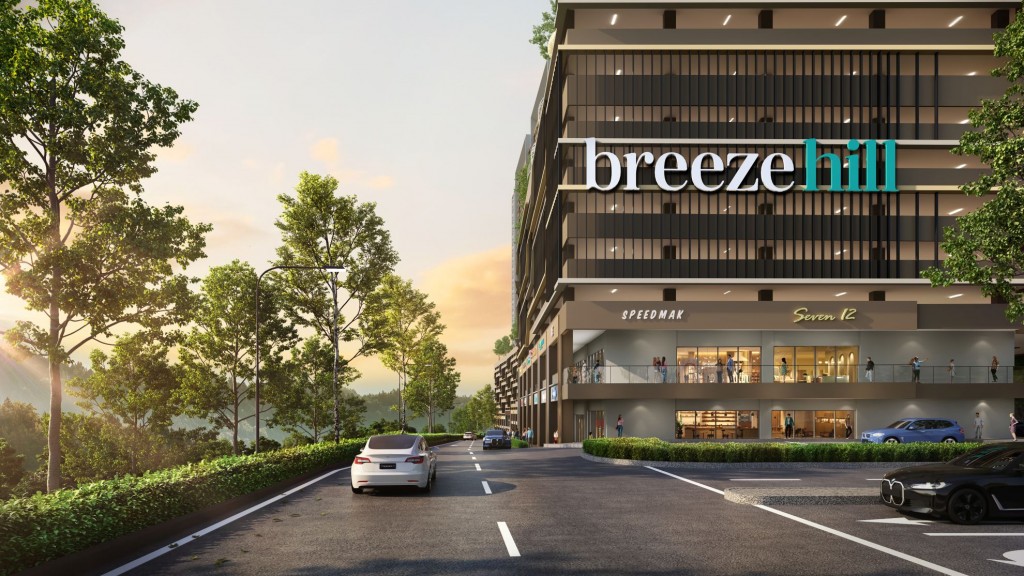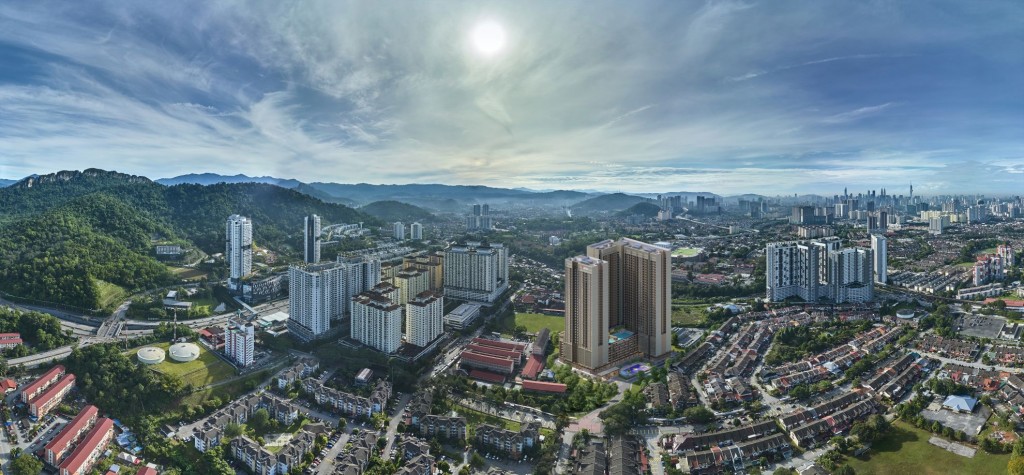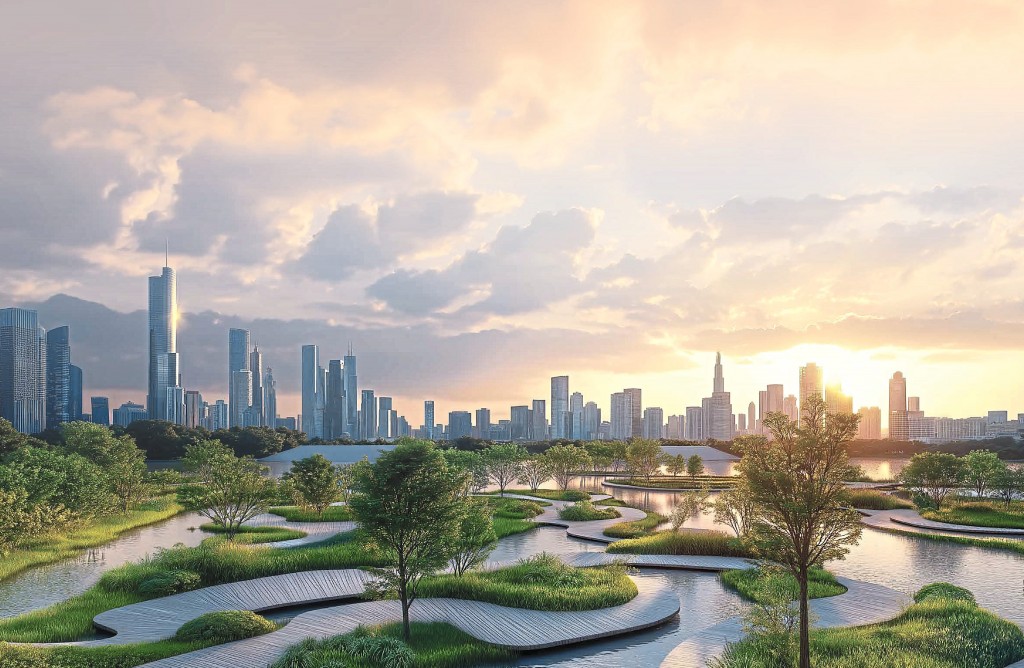BY ZAZALI MUSA
RENGGAM is the perfect place for those wanting quietness and to get away from the hustle and bustle of big cities such as Kuala Lumpur or Johor Baru.
The town is so small that visitors can walk from one end of the town centre to the other in less than an hour.
The town centre comprises three rows of shophouses built between the 1930s and 1970s, and another row of shophouses just across the riverfront.
Based on local folklore, Renggam was also spelt as “Rengam”, derived from the name of a hill which split in two meaning “renggang” in Malay.
As it was a major settlement then, Renggam became the focus of British colonisation and featured large plantations, which remain until today.
Renggam is a sub-district in Kluang, located about 90km from Johor Baru, and is also accessible from Kluang town which is about 21km away.
“It is good to live in a laid-back area like Renggam as you feel less stressed unlike those living in big towns,” said long-time resident Sajari Kumin, 60.
However, the Kampung Tengah village chief said the number of young people leaving Renggam was growing.
He added that there were no small and medium enterprises (SMEs) in Renggam except for the large-scale oil palm plantations, and most youngsters were not interested to work in the plantation sector.
“We need housing estates in and around Renggam to attract new residents and, at the same time, provide housing for the locals,” he said.
Civil servant Sofyan Abu Kassim, 24, concurred with Sajari that lack of job opportunities and housing facilities were the main reasons why many youngsters from Renggam sought jobs elsewhere.
He said those housebuyers would either buy a unit in Simpang Renggam or Kluang.
“The state government should consider expanding the Johor Affordable Homes Scheme (RMMJ) here,’’ said Sofyan.
Driver Sofian Osman, 43, said he was afraid the youngsters’ migration to urban areas would result in Renggam having a low population that consists of only ageing people, which will not be good for local businesses.

(From left) Sajari, Sofian and Sofyan say the lack of housing and small and medium enterprises in Renggam was the main reason why youngsters move away in search of jobs.
“Renggam might end up being a ghost town with more foreigners than locals,’’ said Sofian, adding that it also resulted in low student enrolment in schools there.
Sundry shop owner Ah Kow, 70, and wife Wong Siew Lan, 60, said there was nothing much to do for senior citizens like them in a small town like Renggam.
“We only look forward to Chinese New Year when our four children and five grandchildren visit us for the festive season.
“There is nothing here – no housing areas and not even a bank. Only a post office and a public toilet,’’ said Ah Kow.
The only good thing about living in a small town is that everyone knows each other and the area is peaceful, has fresh air and low crime rates, they said.
Restaurant owner R.K. Dawadas, 63, said in the 1950s and 1960s, large scale plantations in Renggam owned by the British made the town famous.
“In the 1960s, there were two petrol stations here, where even people from Simpang Renggam and Kluang came to pump fuel and shop in Renggam town,” he said.
Dawadas added that the popularity of the town slowly dwindled as Simpang Renggam and Kluang developed with new housing estates and more business opportunities.
“Now, people from Renggam go to these two places to shop, eat and do their banking,” he said.
Dawadas said Thaipusam was the only time Renggam town would be busy as about 7,000 to 8,000 devotees observe the celebrations at the 100-year-old Sri Murugan Temple.







